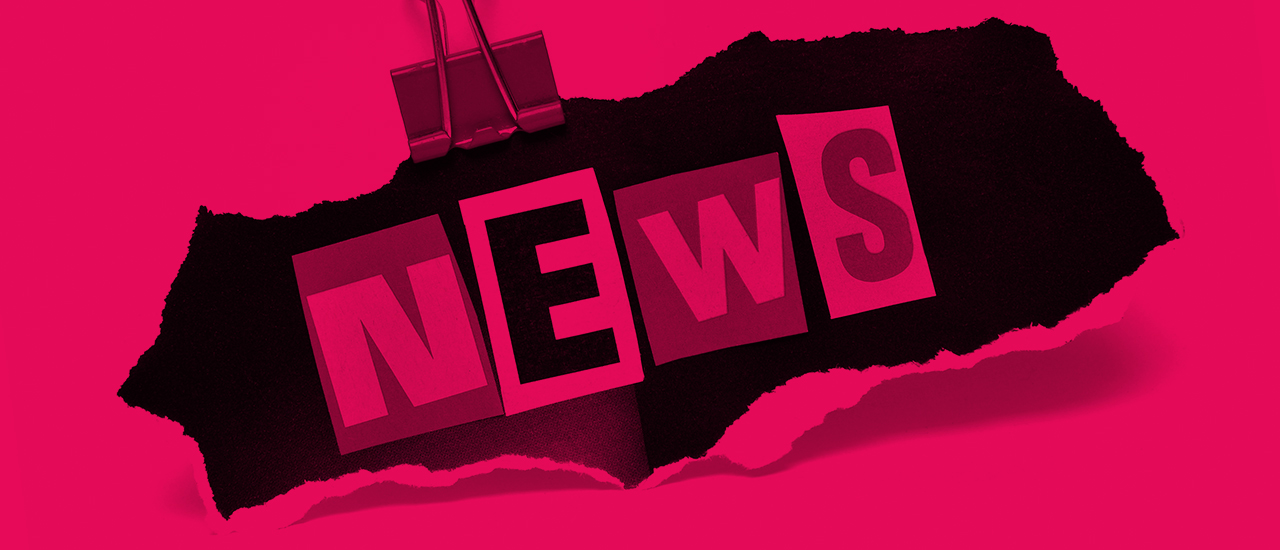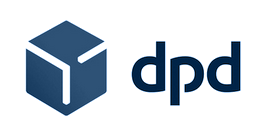News 2023
IPS displays on Raspberry Zero
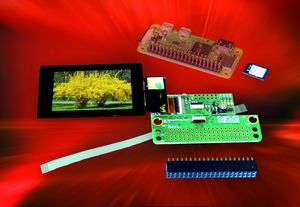
DISPLAY VISIONS allows for easy connection of small displays from 1.5" directly to the Raspberry Pi Zero and the Raspberry Pi Zero 2. All monitor outputs from the small computer are automatically redirected to an high-quality industrial grade IPS display. Linux is used as an operating system.
As a result, individual, compact applications are also able to produce output on a small colour display. Furthermore, inputs are even possible, including through a touch panel integrated into the display. The programming language for applications is Python or C, as is typical for Raspberry.
To make it easy to get started, DISPLAY VISIONS offers a RaZeroTFT starter package. It consists of an interface board and a suitable 1.5", 2", 2.8" or 3.5" display. The displays are equipped with a capacitive touch panel, with the exception of the smallest display. At 1,000 cd/m², the displays are extremely bright and easy to read, even in sunlight. Thanks to IPS technology, they provide brilliant colours in all viewing directions. All displays can be installed horizontally or vertically.
An SD card with the appropriate files for the Raspberry Zero is also included in the scope of delivery. The displays are therefore ready to run immediately and start a slide show with drawing function for the touch panel after the Linux boot process. The background lighting can be dimmed as required.
The interface board can be separated into two parts, making it possible to later install the display a piece away from the Raspberry Zero in the application. The display and the Raspberry Zero are then connected to one another using a slim flex cable (127 mm long).
More information about this.
Small IPS displays bright and in color with SPI interface
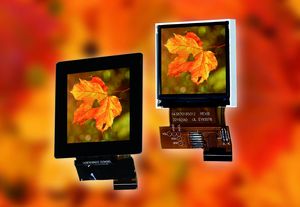
DISPLAY VISIONS allows for easy connection of small displays from 1.5" directly to the Raspberry Pi Zero and the Raspberry Pi Zero 2. All monitor outputs from the small computer are automatically redirected to an high-quality industrial grade IPS display. Linux is used as an operating system.
As a result, individual, compact applications are also able to produce output on a small colour display. Furthermore, inputs are even possible, including through a touch panel integrated into the display. The programming language for applications is Python or C, as is typical for Raspberry.
To make it easy to get started, DISPLAY VISIONS offers a RaZeroTFT starter package. It consists of an interface board and a suitable 1.5", 2", 2.8" or 3.5" display. The displays are equipped with a capacitive touch panel, with the exception of the smallest display. At 1,000 cd/m², the displays are extremely bright and easy to read, even in sunlight. Thanks to IPS technology, they provide brilliant colours in all viewing directions. All displays can be installed horizontally or vertically.
An SD card with the appropriate files for the Raspberry Zero is also included in the scope of delivery. The displays are therefore ready to run immediately and start a slide show with drawing function for the touch panel after the Linux boot process. The background lighting can be dimmed as required.
The interface board can be separated into two parts, making it possible to later install the display a piece away from the Raspberry Zero in the application. The display and the Raspberry Zero are then connected to one another using a slim flex cable (127 mm long).
Versatile displays for PCB mounting
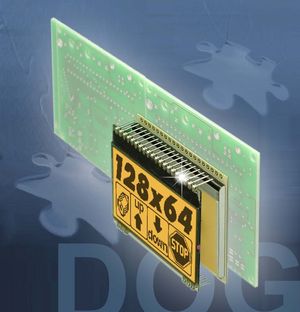
With the EA DOG series, DISPLAY VISIONS has a range of flat, modern COG displays with an integrated driver. Modest power consumption and usable in 3.3 V systems, they are particularly suitable as displays in handheld devices.
The compact text and graphic LCDs are less than 3 mm thick. Designed as chip-on-glass displays, the controller is already integrated into these displays. The text displays come with built-in character sets. These high-contrast displays can be soldered directly onto the PCB. They run with 3.3 V without auxiliary voltage and the current consumption is between 150 and 900 µA depending on the model and size. They are controlled using a 3 or 4-wire SPI, or, for some models, even using a 2-wire I²C or 4 or 8-bit data bus.
The text and graphic displays are currently available in 13 different sizes, from 55x31 mm to 94x67 mm. This includes 6 text displays with one to four lines and 7 graphic displays with resolutions between 102x64 pixels to 240x128 pixels. There are five high-contrast LCDs to choose from: reflective and transmissive STN, STN with blue background and black/white positive and negative FSTN. The contrast voltage can be set by command. Graphic displays can also be rotated 180° for mechanical reasons or to make them easier to read, for example for installation in the front of a laboratory power supply unit. The EA DOG displays can also be combined with a touch screen.
For the backlight, the user has a choice of 6 colours. White, yellow/green, blue, amber, red and full-colour RGB. Simply place the backlight behind the display and solder it into the PCB with the display. No additional fastening is required. Operation of backlight is either via an external series resistor or an LED driver. Meaningful operation is possible from 3 mA.
All panel variants are available from just one piece. DISPLAY VISIONS GmbH guarantees long-term availability of up to 10 years. This also ensures replenishment for product lines designed to be long term.
A free simulator is available to download on the manufacturer’s website. It allows you to simulate all display versions and colours on your Windows PC before buying. A USB test board is also available for an easy start with a real display. This allows your own text to be shown on the connected display straight away. DISPLAY VISIONS also supports the developers with comprehensive support and extensive C and micro-controller code.
Micro-OLEDs and mini-TFTs

From now on DISPLAY VISIONS is offering a USB demo board for IPS displays from 0.9" to 3.5".
With the EA 9782-1USB, DISPLAY VISIONS GmbH is providing developers with a USB test board for small IPS displays from the EA TFT product line. This allows the small panels, including the variants with touch function (-AITC), to be tested and adapted quickly and easily without any specific knowledge of the hardware or software. The demo board can be run immediately on any USB charger. Connected to a Windows PC and accessed via the startTFT.exe program, it opens up more options to display your own images or control the brightness. An additional power supply is not necessary in this case. A bundle including the display is also available.
